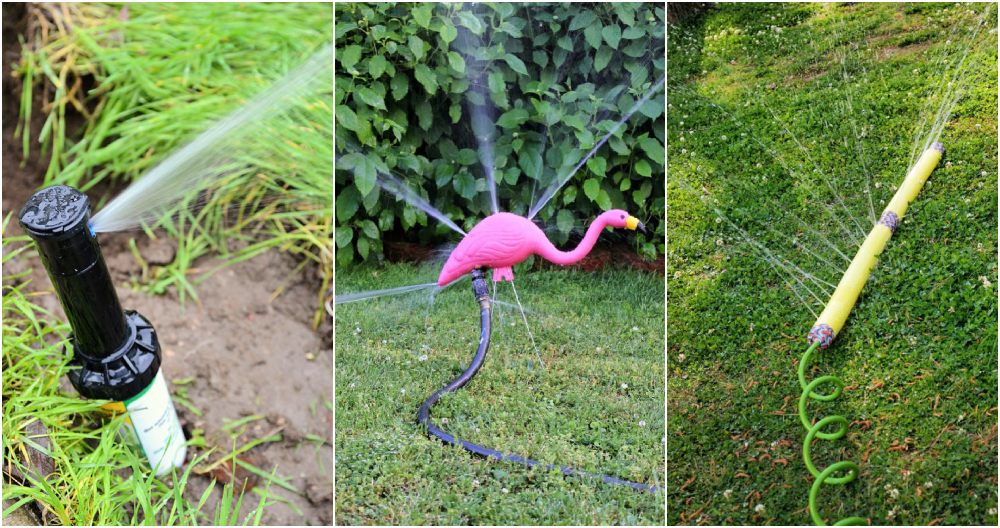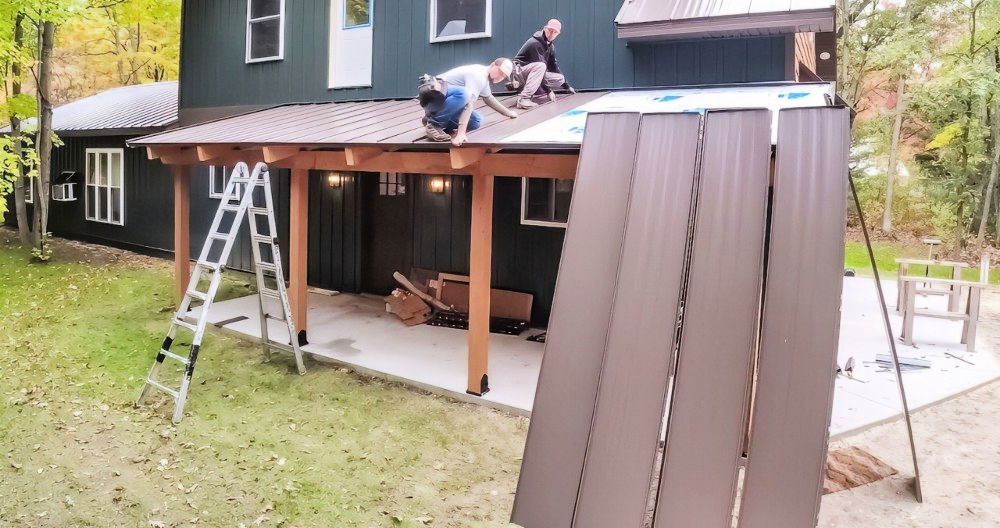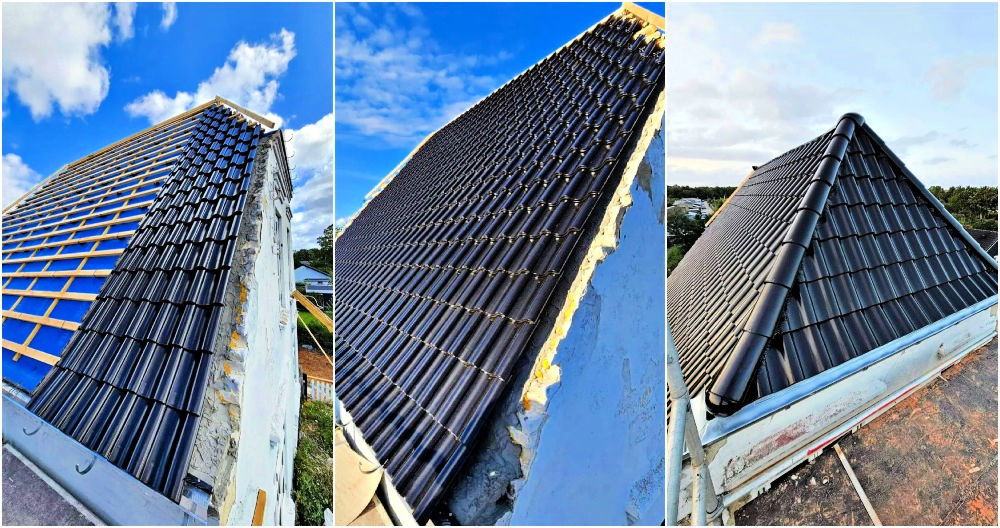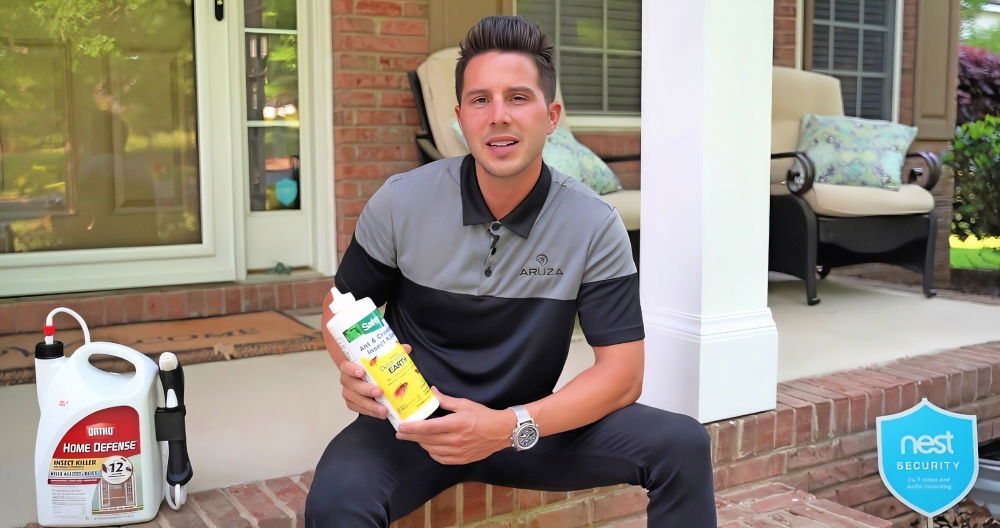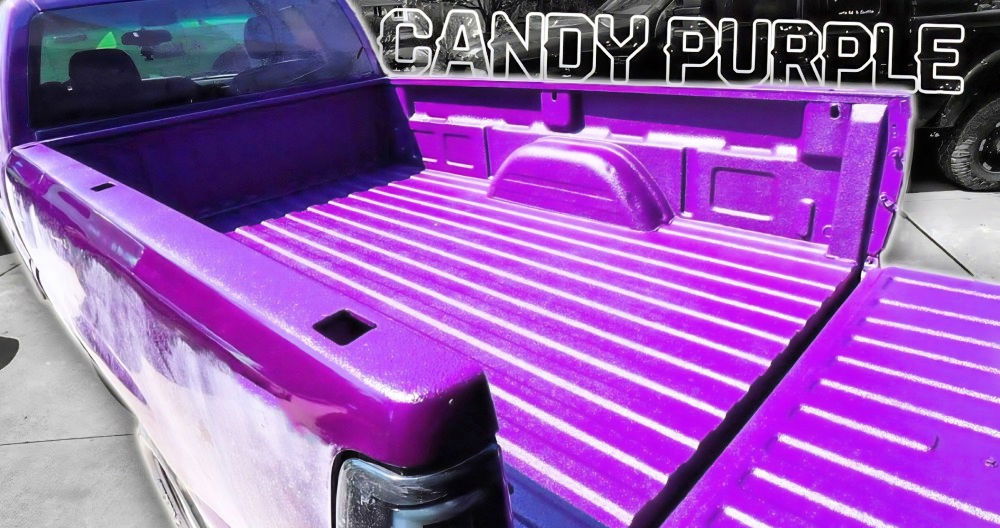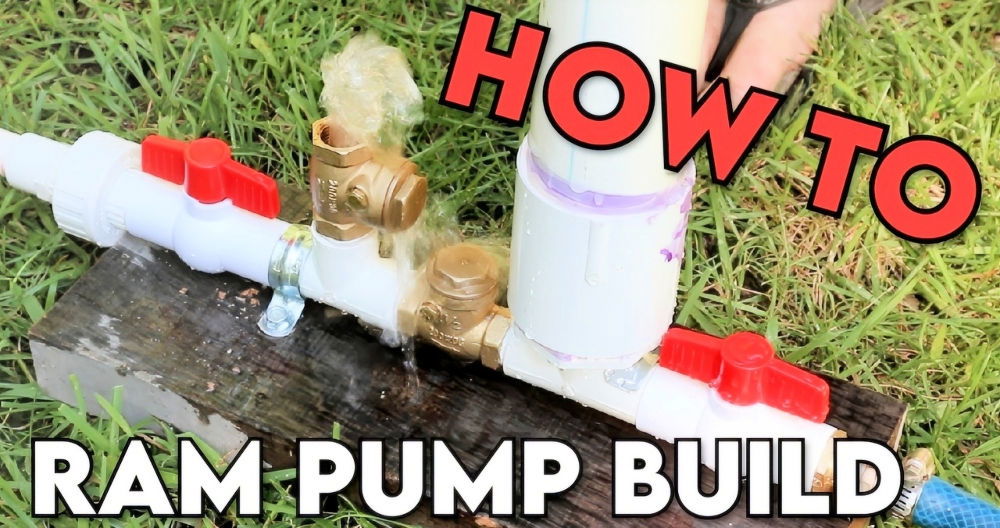It looks like the transcript you provided is for a DIY project on installing a DIY fuel injection system, specifically a Throttle Body Injection (TBI) setup, on a vehicle. This tutorial provides a comprehensive overview of the process and components needed to convert a car's fuel system from a carburetor to fuel injection.
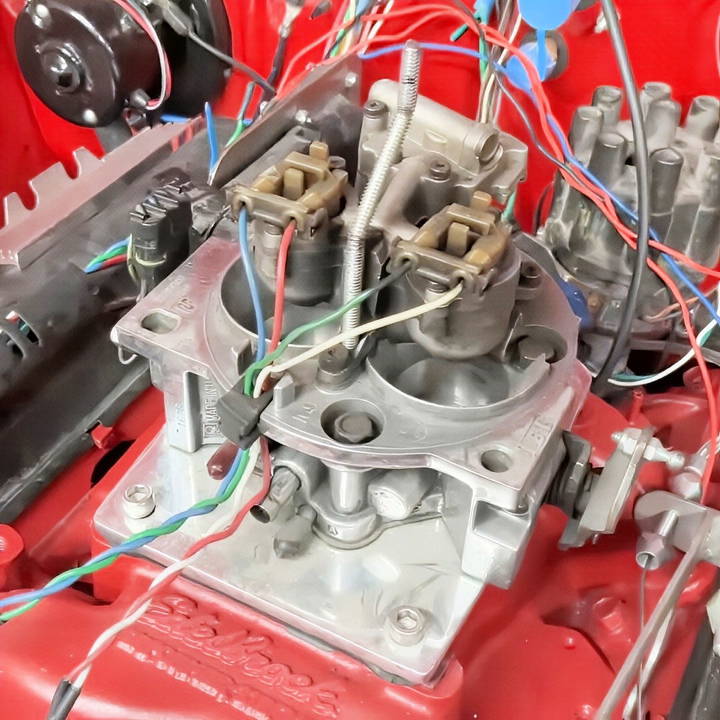
Step by Step Instructions
Learn how to install a TBI fuel injection system with easy DIY steps. Get tips on components, modifications, installation, and tuning for optimal performance.
How To: DIY Fuel Injection Installation (TBI Setup)
Fuel injection conversion is a great project for car enthusiasts looking to improve engine performance and reliability, particularly when compared to older carburetor systems. This guide focuses on converting an engine to a Throttle Body Injection (TBI) system, which was commonly used in 1980s and 1990s vehicles.
1. Components Needed for TBI Conversion
- ECU (Engine Control Unit): From a compatible vehicle, often sourced from the mid-80s to early-90s GM trucks (e.g., 1989 Chevy 1500).
- Throttle Body: The central part of the injection system, which houses the injectors.
- Sensors: Throttle Position Sensor (TPS)
- Idle Air Control Valve (IAC)
- Manifold Absolute Pressure (MAP) Sensor
- Coolant Temperature Sensor
- Oxygen Sensor (installed in the exhaust)
- Ignition System: A modified distributor with no vacuum advance, often sourced from a "lean burn" distributor on Mopar engines.
- Fuel Pump: An electric fuel pump, along with a fuel return line to the tank, is required to maintain consistent fuel pressure.
- Chip Programmer: Used to modify and fine-tune the ECU chip for your specific engine configuration.
2. Sourcing Information and Parts
The transcript refers to a useful resource for parts lists and wiring diagrams, especially for International Harvester Scouts. The forum "Binder Planet" is recommended for getting detailed instructions on fuel injection systems, including parts, pinouts, and wiring diagrams. These resources help in understanding how to wire the system and connect the various components to the ECU.
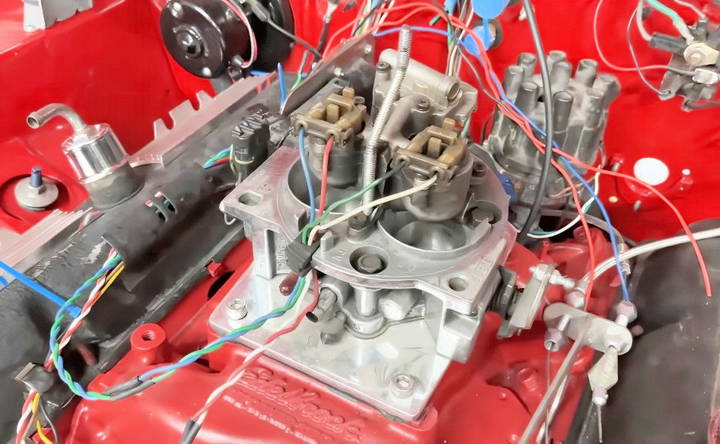
3. Modifying the Distributor
For this setup, a distributor without a vacuum advance is used. Some distributors need to be modified by welding the centrifugal weights and clocking them correctly. However, the "lean burn" distributor from Mopar engines simplifies this process as it already works with the fuel injection system.
4. Installing the Fuel System
- A second fuel line must be installed to return excess fuel to the tank.
- The transcript suggests modifying the fuel-sending unit to add a return fitting without altering the fuel tank itself, allowing for easier reversion to a carburetor if needed.
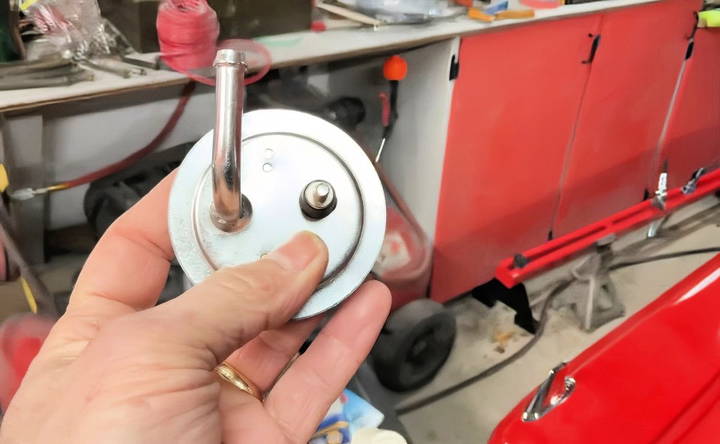
5. Tuning the ECU
One of the more technical aspects of the conversion involves tuning the ECU chip to match the engine's characteristics. This requires removing the factory chip, which is programmed for the original vehicle, and replacing it with a programmable chip. A chip programmer allows for adjusting parameters such as:
- Volumetric Efficiency
- Fuel and Spark Tables
- Power Enrichment and Knock Control The author mentions using a tool called "Moes Flash and Burn" to reprogram the chip based on real-time driving data. This allows fine-tuning of fuel economy and performance while on the road.
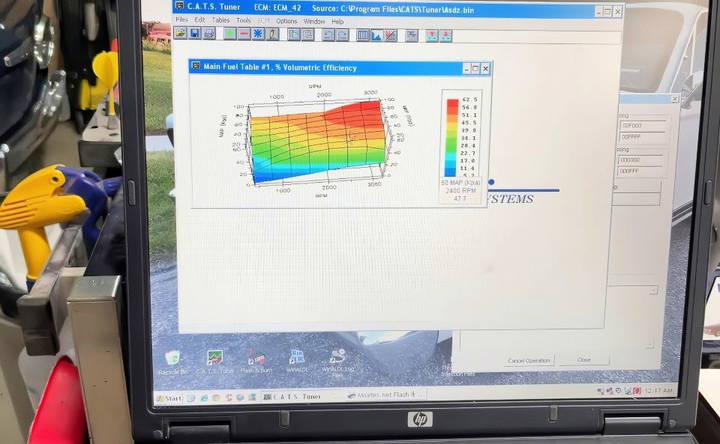
6. Advantages of DIY Fuel Injection
- Cost: The author estimates a total cost of about $700 by sourcing parts from eBay and swap meets. This is significantly cheaper than modern bolt-on systems, which can be more expensive.
- Serviceability: One of the main advantages of using stock components is the ability to find replacement parts easily at any local auto parts store. Unlike aftermarket fuel injection systems, which may require special-order parts, a DIY setup with stock parts from GM trucks offers convenience.
7. Additional Features
The system can be expanded with additional sensors such as knock sensors and vehicle speed sensors. These can further improve the performance and drivability of the vehicle.
Final Thoughts
The project is described as relatively straightforward, especially for someone with mechanical experience. Once the distributor hurdle is overcome, the rest of the setup, including wiring and chip tuning, is manageable with the right resources and information.
This DIY fuel injection conversion is a fantastic project for car enthusiasts who want to improve their vehicle's reliability and performance while keeping costs low by using stock parts. The approach is practical, focusing on both functionality and ease of repair, making it a great alternative to more expensive aftermarket systems.
FAQs About DIY Fuel Injection (TBI Setup)
Explore comprehensive FAQs about DIY fuel injection (TBI setup) for seamless installation and troubleshooting tips. Optimize performance today!
Older parts like the "Terminator broccoli injectors" might not be available now, but you can use parts from a similar engine. Many GM trucks from the 1980s-90s had compatible components. Try using fuel rails, injectors, throttle bodies, and sensors from similar models to retrofit your system.
While the exact model of the pump is not crucial, you must ensure that it delivers the correct fuel pressure for the system. Inline fuel pumps mounted on the frame are common for TBI setups. Check your system requirements to match fuel pressure.
Modifying a distributor eliminates the need for a vacuum advance, making it easier to control ignition timing through the ECU. Lean burn distributors from Mopar engines are recommended because they work without requiring further modifications.
Install a connection for data logging and diagnostics. You can use a laptop to monitor fuel vacuum levels, shift points, and other engine data in real time. This information helps you adjust and fine-tune your fuel tables for optimal performance.
You will need a chip programmer like "Moes Flash and Burn" to reprogram the ECU chip. This tool allows you to adjust fuel and spark tables, and other settings to match your engine's specifications.
Using stock components from common vehicles ensures you can find replacement parts easily. In case of a breakdown, you can source parts like sensors and ignition modules from any auto parts store, which may not be possible with aftermarket systems.
While this guide focuses on Mopar and GM vehicles, the principles apply to other engines as well. As long as you source compatible parts, modify the chip for your engine, and set up the correct sensors, the setup can work on various engines.
If the engine's performance isn't optimal, or if you've made changes such as adding different injectors or sensors, you likely need to reprogram the ECU. Monitoring real-time data and making adjustments based on performance is essential for getting the best results.


